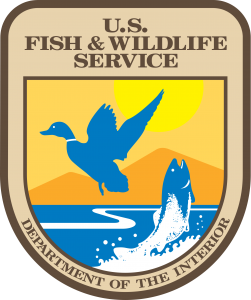Condor Watch
Condor watch is using photos collected at California condor (Gymnogyps californianus) feeding stations to understand how the personalities and social status of individual birds may predispose them to lead poisoning and to eventually gather critical real-time information on the health and status of these highly vulnerable birds. California Condors are one of the world’s most endangered bird species with a population of only 22 condors in the early 1980s. Despite successful captive breeding and release efforts in recent years, the condor population remain heavily managed because they are frequently poisoned by lead from bullet fragments ingested in scavenged carcasses. Condor release sites, managed by the U.S. Fish and Wildlife Service, National Park Service and Ventana Wildlife Society, offer uncontaminated carcasses to birds as a way to lure them back for medical care and regular management activities. These feeding stations are equipped with automatically triggered cameras that have captured photographs of condors. The Condor Watch project is using citizen science to help us tag these photos so that they can be analyzed.
Project URL: https://www.condorwatch.org/
Geographic Scope: California
Project Status: Active - recruiting volunteers
Participation Tasks: Classification or tagging, Identification,
Start Date: 2014-04-14
Project Contact: myraf@ucsc.edu
Federal Government Sponsor:


Other Federal Government Sponsor: U.S. Fish and Wildlife Service Hopper Mountain National Wildlife Refuge Complex, Pinnacles National Park
Fields of Science: Animals, Biology, Birds, Ecology and environment, Nature and outdoors
Intended Outcomes: Research development, Conservation,

